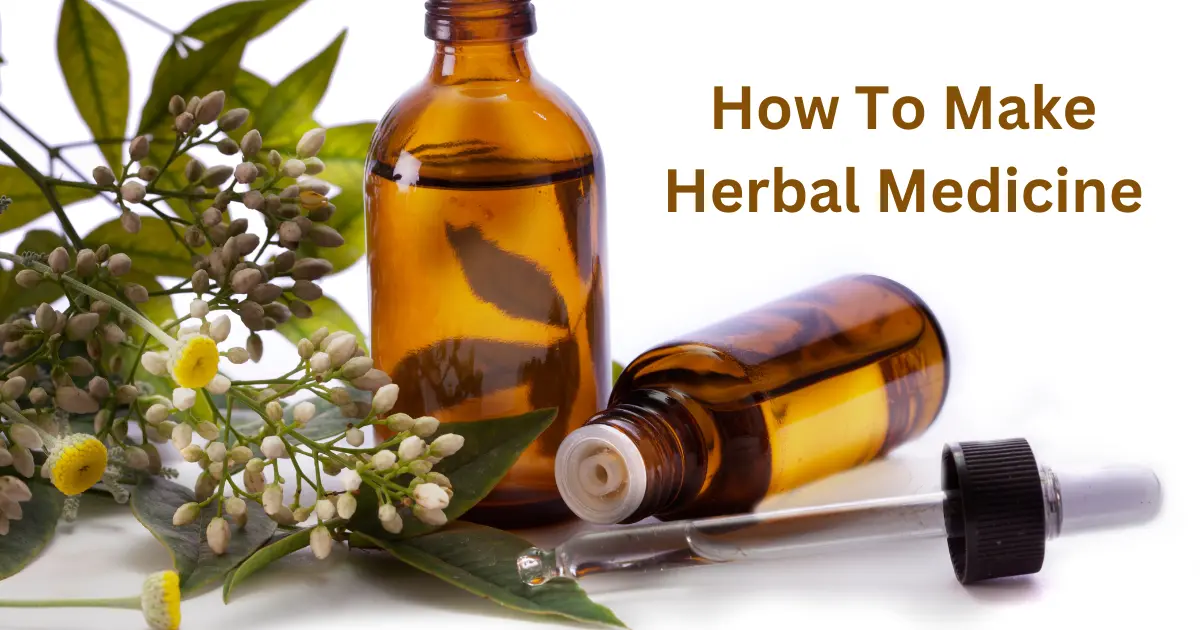How To Make Herbal Medicine

Herbal medicine has been an integral part of human healing for centuries. Utilizing the power of plants to address various health concerns can be a rewarding and empowering practice. In this blog post, we will guide you through making herbal medicine at home, harnessing the wisdom of nature’s pharmacy.
Step 1: Choose Your Herbs
The first step in making herbal medicine is selecting the right herbs for your needs. Research the properties and uses of various herbs to ensure they align with your health goals. Common medicinal herbs include echinacea for immune support, chamomile for relaxation, and ginger for digestive issues.
Step 2: Gather Your Materials
To create herbal remedies, you’ll need a few essential materials:
- Dried Herbs: These can be purchased from reputable suppliers or harvested from your garden, ensuring they are pesticide-free.
- Glass Jars: Use glass jars with tight-fitting lids to store your herbal preparations. Avoid plastic containers, as they can interact with the herbs.
- Carrier Liquids: Common carrier liquids include alcohol (for tinctures), oil (for infused oils), and water (for teas and decoctions).
- Strainer: A fine mesh strainer or cheesecloth will help separate the liquid from the plant material.
- Labels: Keep track of your herbal creations by labelling each jar with the herb used, preparation date, and intended use.
Step 3: Choose Your Preparation Method
Different herbal remedies require other preparation methods:
- Tinctures are made by steeping dried herbs in alcohol for several weeks. They are concentrated and have a longer shelf life.
- Infused Oils: Infused oils involve steeping herbs in a carrier oil (such as olive oil) to extract their medicinal properties. These are great for external use, like massage oils or salves.
- Teas and Decoctions: Teas and decoctions are made by steeping herbs in hot water. Teas use the aerial parts of plants (leaves and flowers), while decoctions involve simmering roots or bark.
Step 4: Prepare and Store Your Herbal Medicine
Follow the preparation method of your choice carefully, ensuring the herbs are properly dried, measured, and steeped for the recommended duration. Once your herbal remedy is ready, strain it into glass jars and store them in a cool, dark place away from direct sunlight.
Conclusion
Making herbal medicine at home is a rewarding and empowering practice that connects you with the healing power of nature. By carefully selecting herbs, gathering the necessary materials, choosing the correct preparation method, and storing your remedies correctly, you can create effective herbal medicines tailored to your unique health needs.
Remember that herbal medicine should complement, not replace, conventional healthcare. Always consult a healthcare professional before incorporating herbal remedies into your wellness routine, especially if you have underlying health conditions or are taking medications. With knowledge, care, and respect for nature’s gifts, you can embark on a holistic healing journey through herbal medicine.




